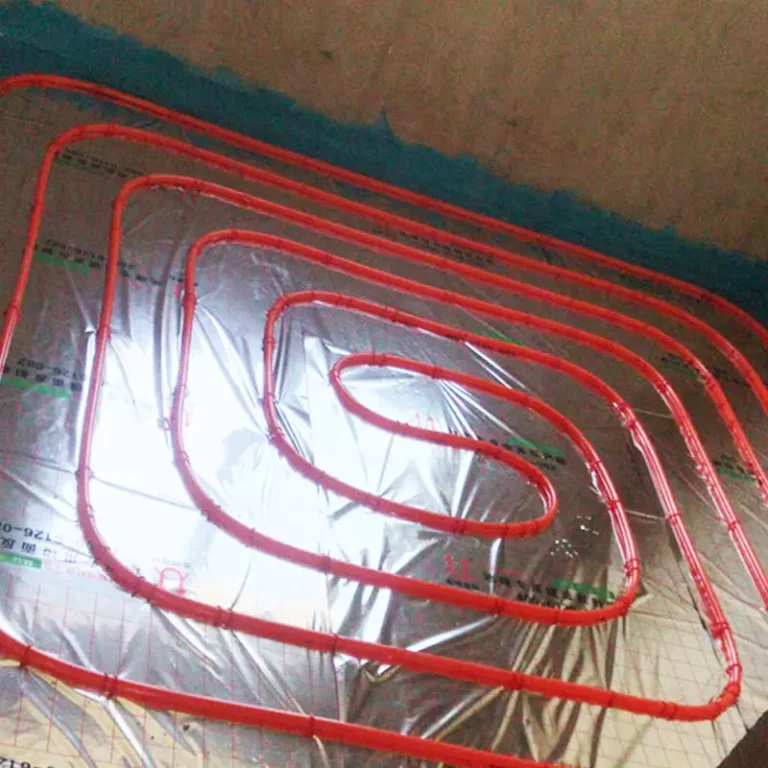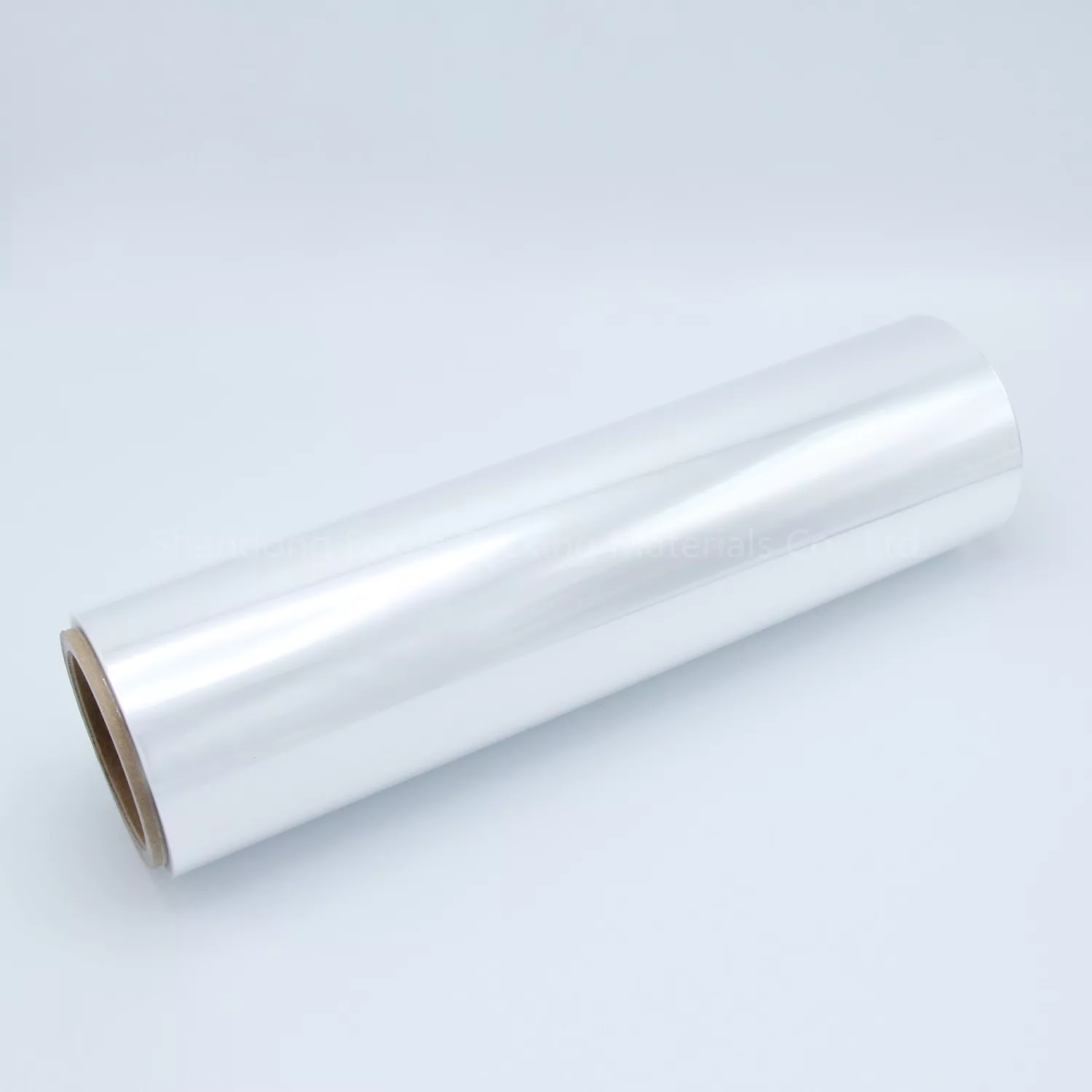Dry lamination involves applying an adhesive to a substrate, drying it to evaporate the solvent, and then laminating it with another substrate after enhancing the initial adhesion and bonding strength of the adhesive. Conversely, wet lamination involves first applying adhesive and laminating, followed by heating and drying for curing. Obviously, wet lamination is not suitable for laminating plastic films. After applying adhesive and laminating, a large amount of adhesive solvent is laminated onto the composite film. The plastic film cannot volatilize these solvents during drying and curing, nor can it absorb them. Therefore, wet lamination is not suitable for laminating plastic films. Wet lamination is only suitable for laminating porous materials such as paper, wood, plywood, or laminating porous foam plastics. Because these materials are porous and have a large number of pores, the solvent in the adhesive can be emitted or absorbed through these pores during the heating and curing process.
The adhesive used for wet lamination is generally acrylic emulsion, EVA emulsion, phenolic resin adhesive, or other organic solvent adhesives. The substrates include paper, fabric, nonwoven fabric, cellophane, aluminum foil, etc. Starch adhesive can also be used for wet lamination. The process of wet lamination for aluminum foil and paper is as follows: unwind aluminum foil → apply adhesive → press with paper → apply slip agent or glazing agent on the other surface of the aluminum foil → dry and cure in a drying tunnel → wind up. The composite material produced by this method can be used for packaging of cigarettes, chocolate, etc., as well as for packaging of candies, pharmaceuticals, baked goods, but the interlayer bonding strength has poor water resistance, heat resistance, and chemical resistance. Under high temperature and humidity conditions, these hydrophilic adhesives may delaminate, and the aluminum foil may be corroded.
Compared with other laminating processes, the dry lamination method has the following advantages: (1) a wide range of substrate materials can be selected, including plastic-plastic, plastic-paper, plastic-metal, plastic-fabric, plastic-nonwoven, and even paper-metal laminations without plastic; (2) the fastness of the lamination is relatively high, with interlayer peel strength up to 100025m wide or more, allowing the production of high-end packaging products such as high-temperature retort pouches; (3) the thickness of each layer can be freely selected and precisely controlled; (4) surface printing and reverse printing are possible; (5) production speed is fast, with general operating speeds ranging from 150 to 180m/min and up to 200m/min or more. The disadvantages of dry lamination are: (1) lamination requires the use of adhesives, which may have toxic residual solvents. Therefore, dry laminated packaging materials, especially those cured with two-component polyurethane adhesives, cannot be used in the North American and European markets and can only be sold in Southeast Asia, Africa, and other regions.








